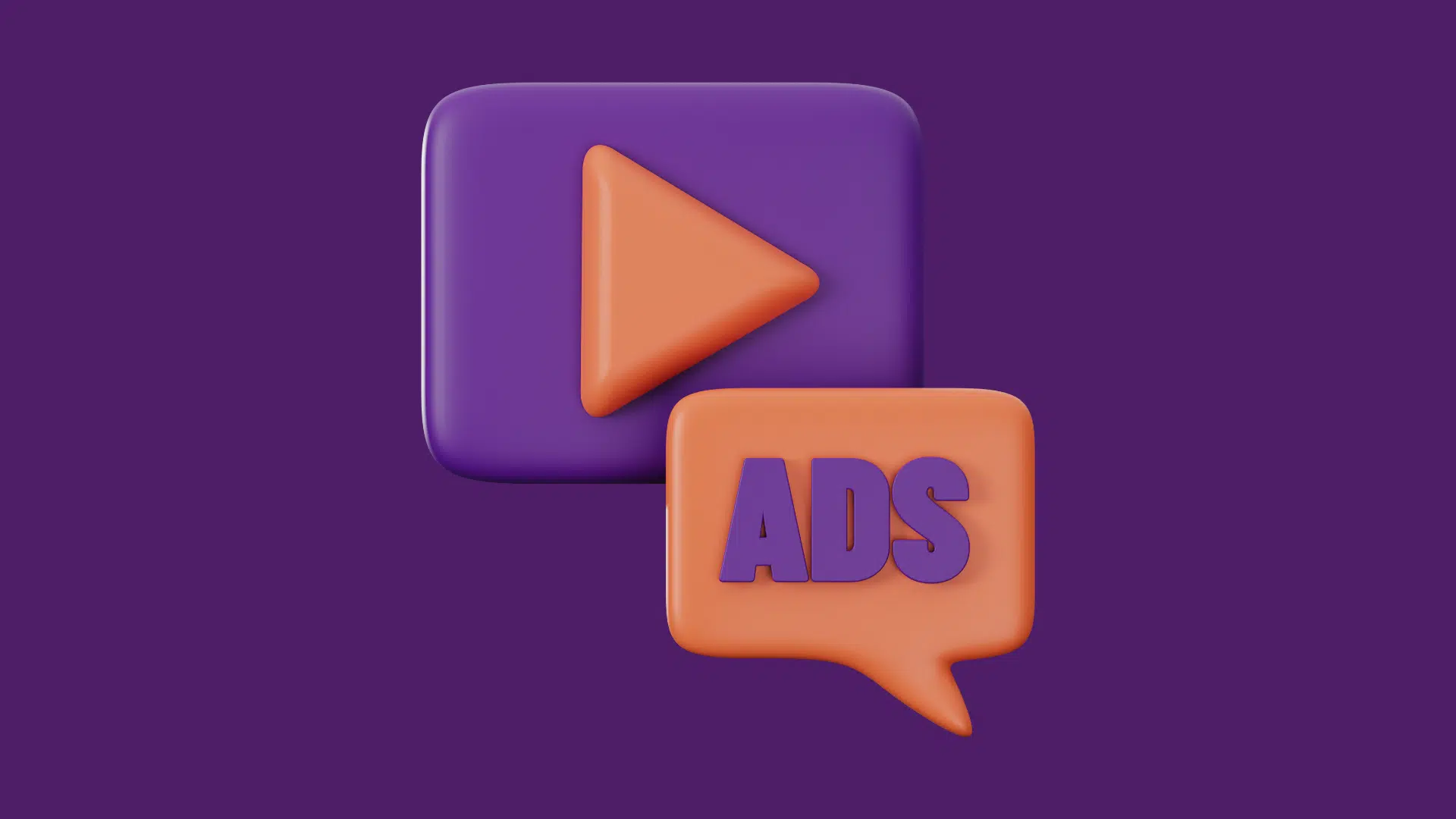In recent years, YouTube has become one of the most popular video-sharing platforms on the internet, with millions of users flocking to the site daily to watch and upload videos. While YouTube offers many features to users, one of the most coveted is the ability to watch videos ad-free with a YouTube Premium subscription. However, recent reports suggest that YouTube may be moving towards depriving users of the ability to watch videos ad-free for free.
YouTube has been experimenting with different ways to increase revenue, and one of the ways they are doing this is by limiting the availability of ad-free viewing. In the past, users who paid for YouTube Premium were the only ones who could enjoy ad-free viewing, but now, it seems that YouTube is considering limiting ad-free viewing to paid subscribers only.
The move towards limiting ad-free viewing comes as YouTube faces increased competition from other streaming services like Netflix and Hulu, which offer ad-free viewing as part of their subscription packages. Additionally, YouTube has faced criticism from content creators who feel that the platform does not pay them enough for the content they create. By limiting ad-free viewing to paid subscribers, YouTube could potentially increase revenue and appease content creators by increasing the amount of revenue they receive from ad views.
While YouTube has not yet made any official announcements regarding the potential change, many users are already concerned about the possibility of losing the ability to watch videos ad-free for free. Some users have even taken to social media to express their frustration with the potential change, citing the fact that they may not be able to afford a YouTube Premium subscription and that ads can be disruptive and detract from their viewing experience.
However, others argue that limiting ad-free viewing to paid subscribers only is a necessary step for YouTube to remain competitive and continue to offer high-quality content to users. By increasing revenue, YouTube can invest more in new features and content, which could ultimately benefit all users.
In conclusion, while YouTube has not yet made any official announcements regarding the potential change, it is clear that the platform is considering limiting ad-free viewing to paid subscribers only. This move could potentially increase revenue for the platform and appease content creators, but it could also alienate some users who may not be able to afford a subscription. Ultimately, only time will tell whether this change is implemented and how it will impact the YouTube user experience.
YouTube, the world’s largest video-sharing platform, is considering limiting free ad-supported viewing for its users. According to a report by Bloomberg, the company is exploring the option of moving some of its content behind a paywall, which would require users to subscribe to the platform’s premium service, YouTube Premium, in order to access certain content.
This move could significantly impact YouTube’s user base and its advertising revenue. YouTube’s ad-supported model has been a major draw for millions of users who have been able to access a wide range of content for free. However, YouTube has been facing increased pressure from creators and copyright holders who are demanding more control over their content and a larger share of the revenue generated from ads.
YouTube’s Premium service, which was launched in 2018, offers an ad-free viewing experience along with exclusive content, offline playback, and background playback. The service currently costs $11.99 per month in the US and provides access to YouTube Music, YouTube Originals, and YouTube Kids.
While YouTube has not officially announced any plans to limit free ad-supported viewing, the company has been experimenting with various monetization models over the past few years. In 2019, YouTube started offering its Premium subscribers access to some of its original shows for free, with ads. The move was seen as a way to attract more users to the Premium service.
YouTube has also been testing ads that cannot be skipped, which would provide a more reliable source of revenue for creators. Additionally, YouTube has been exploring new ways to monetize its platform, including the introduction of shoppable ads and e-commerce integrations.
Moving some content behind a paywall could help YouTube address some of the challenges it has been facing with creators and copyright holders. By limiting access to certain content, YouTube could provide more control and revenue to those creators who are willing to participate in the platform’s Premium service.
However, moving content behind a paywall could also have a negative impact on YouTube’s user base and advertising revenue. Many users may be unwilling to pay for access to content that was previously free, and advertisers may be less interested in advertising on the platform if their ads reach a smaller audience.
In conclusion, YouTube’s potential move to limit free ad-supported viewing is still in the early stages, and the company has not yet announced any official plans. While the move could help address some of the challenges the platform has been facing, it also poses significant risks to YouTube’s user base and revenue. Ultimately, the success of any new monetization model will depend on YouTube’s ability to strike a balance between providing value to its users and generating revenue for its creators and shareholders.



